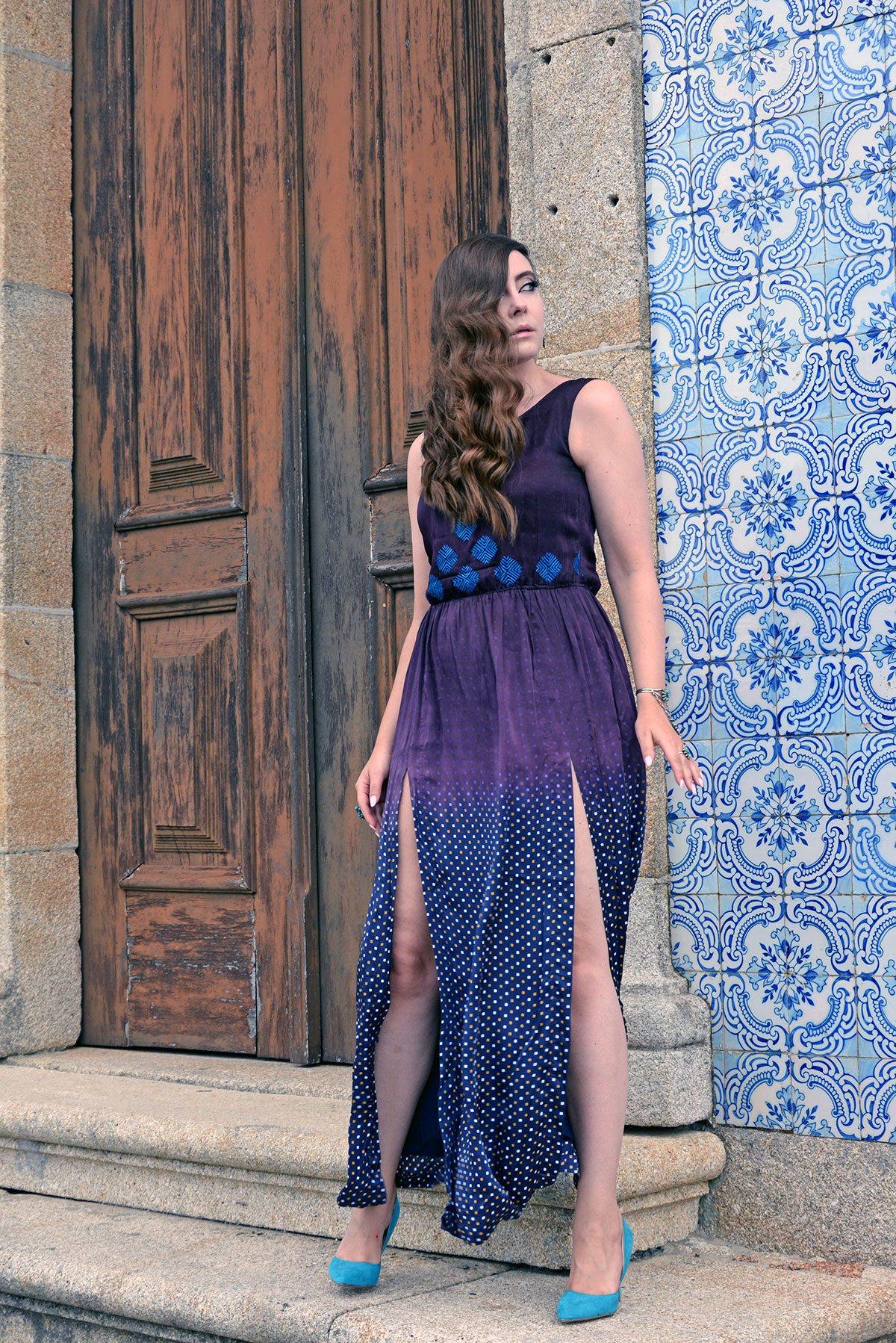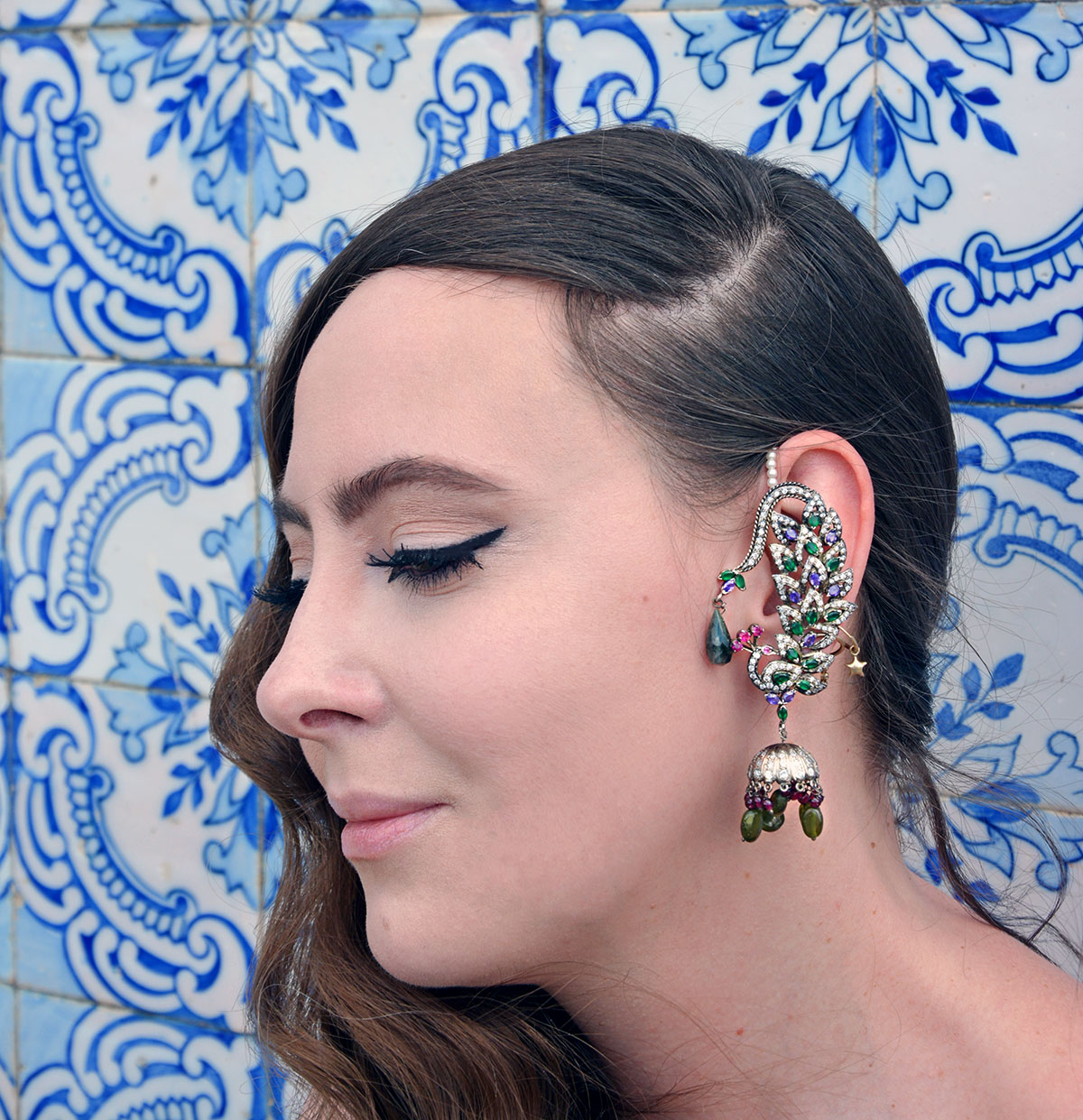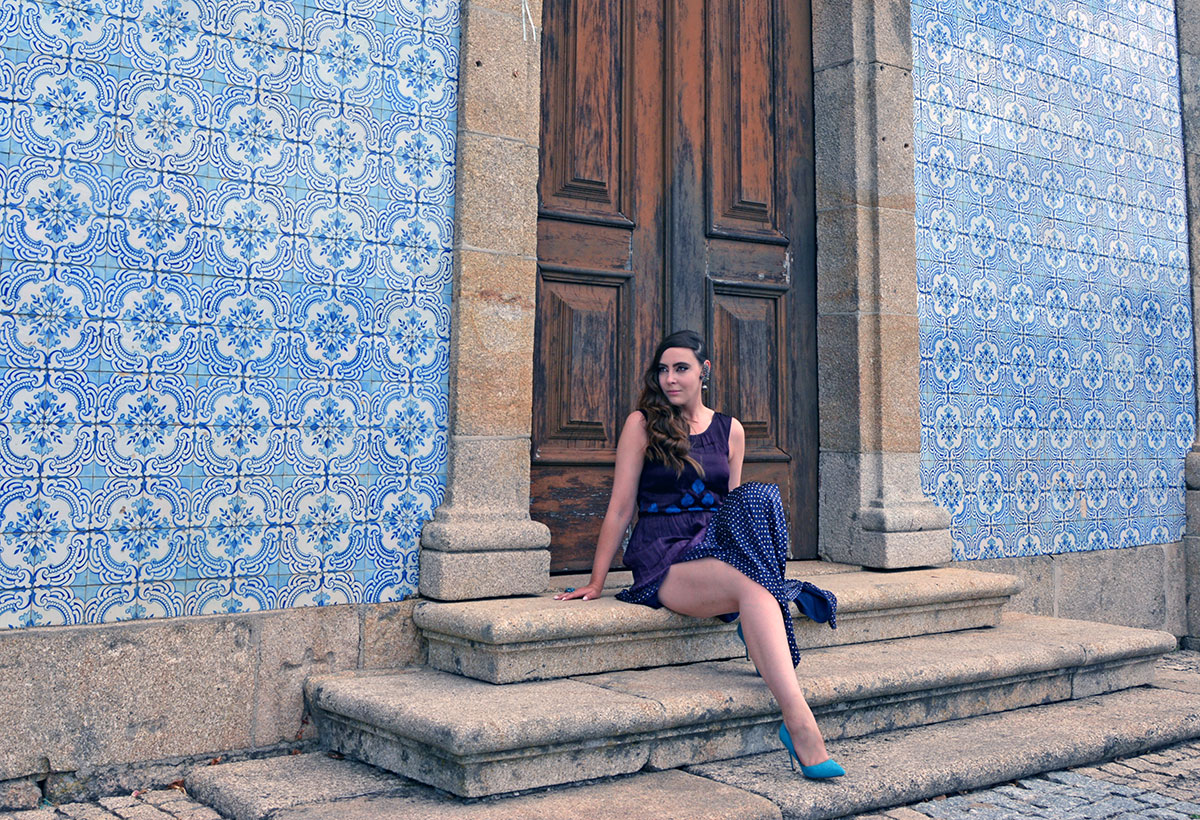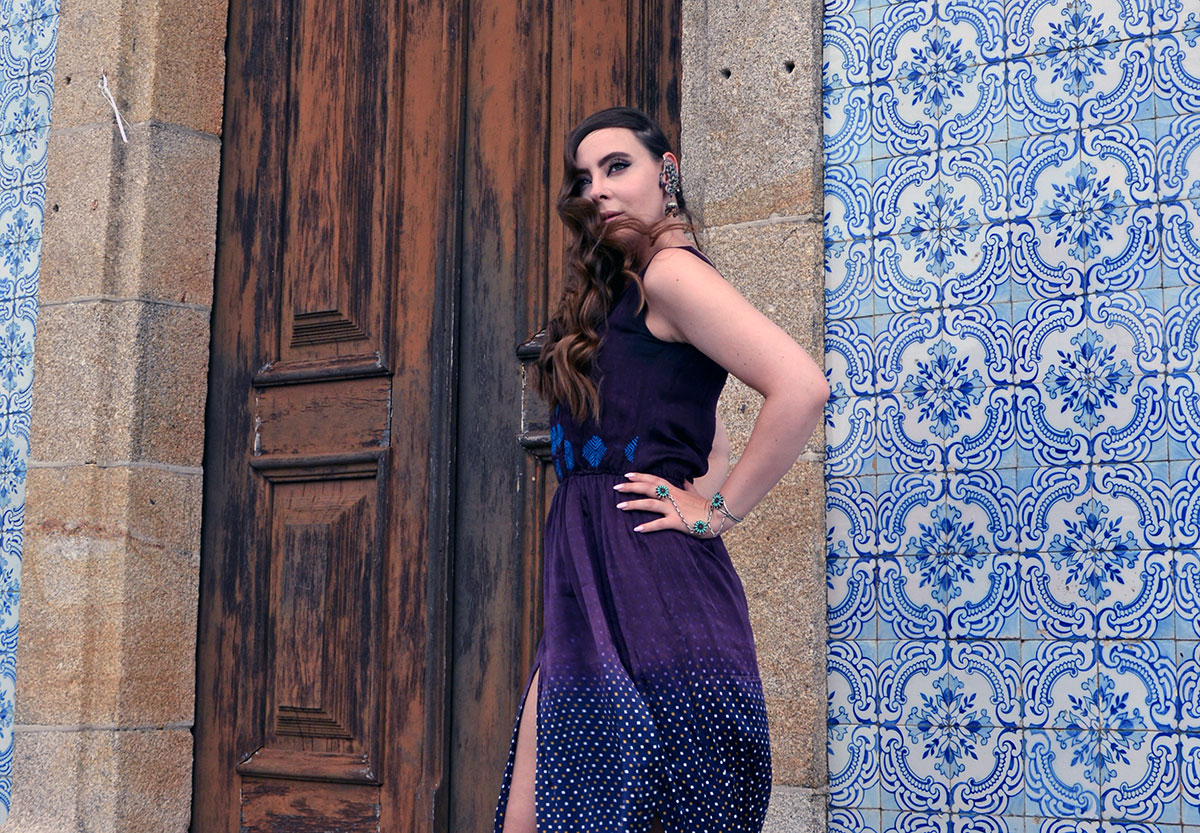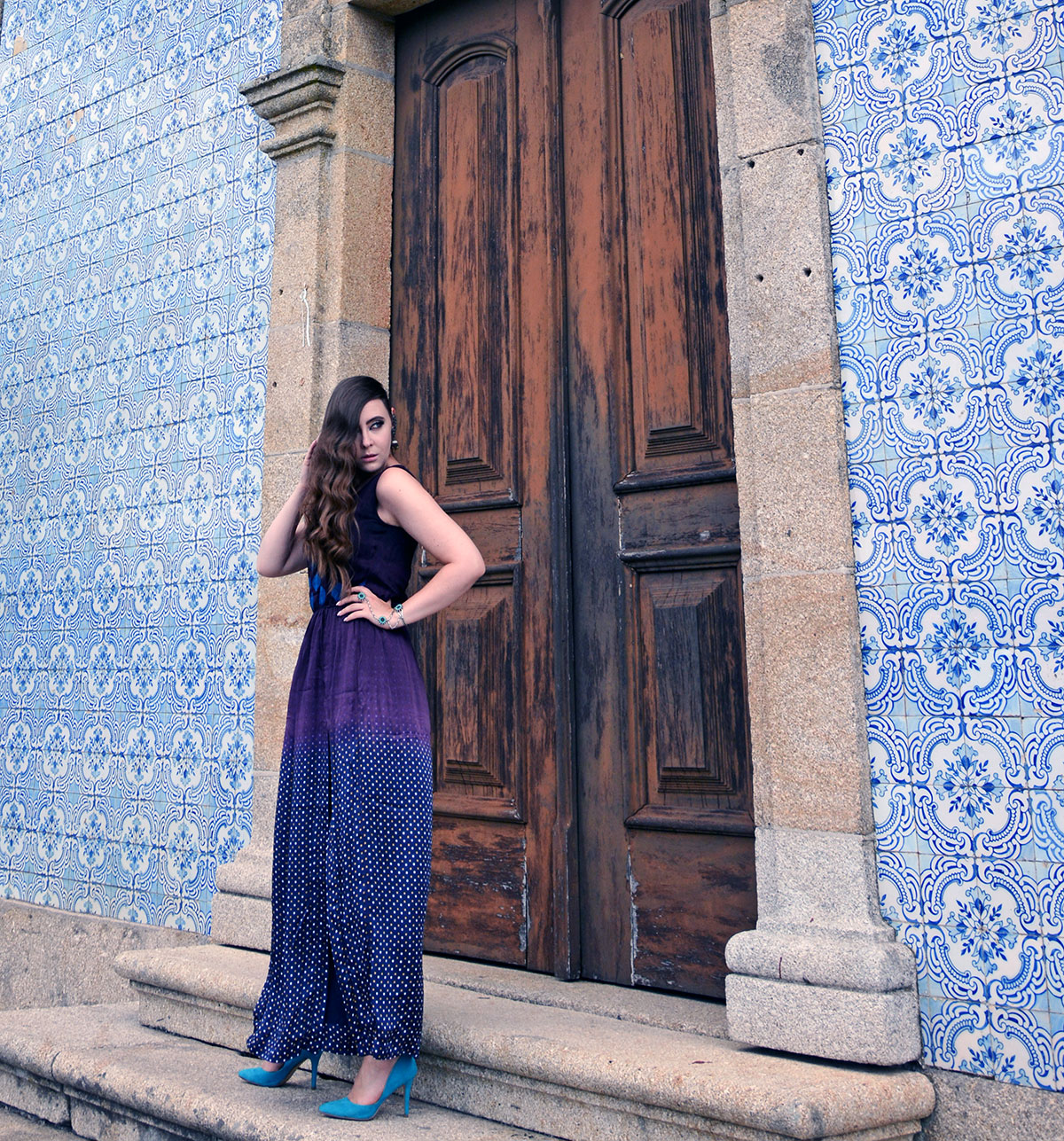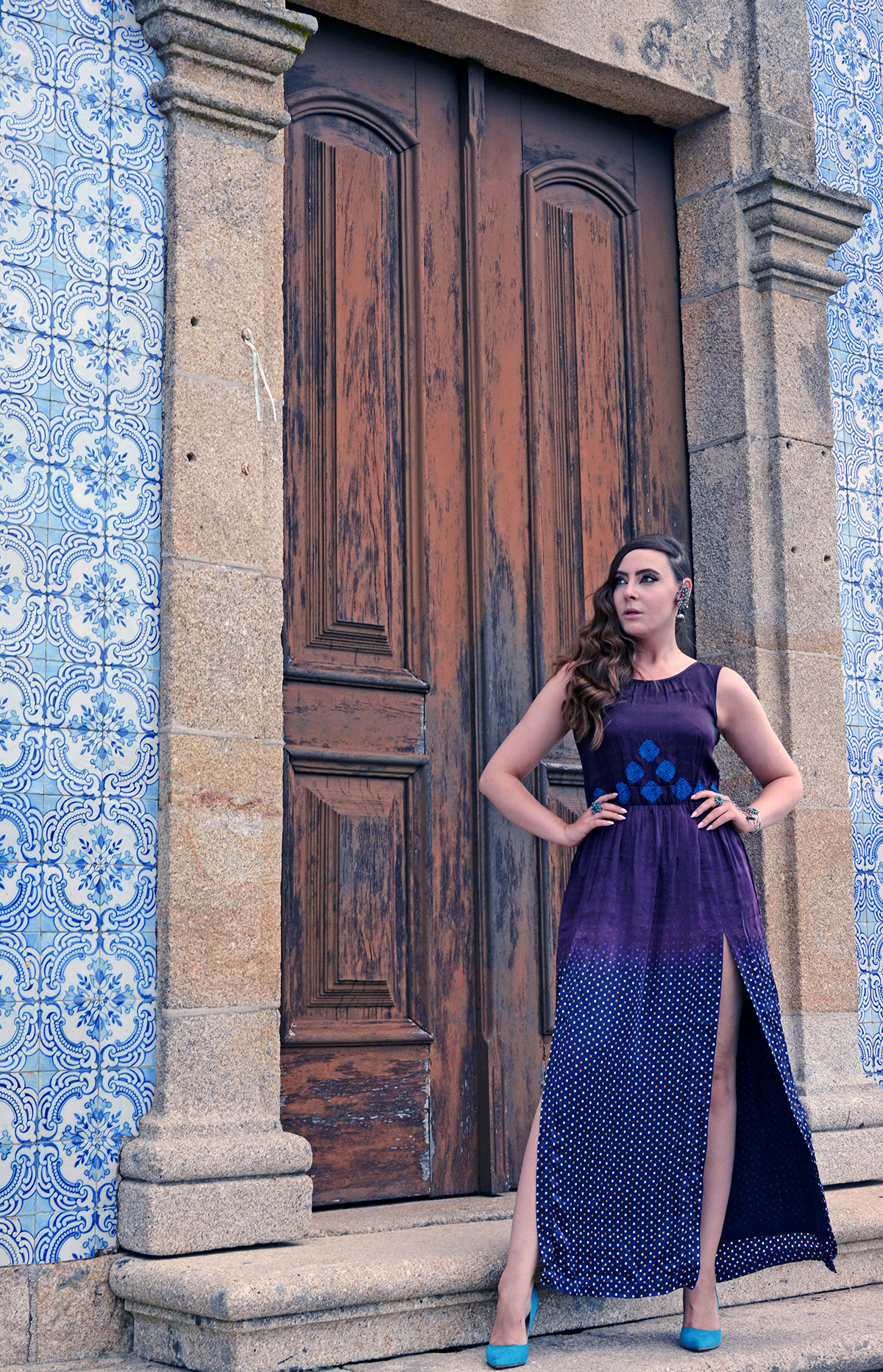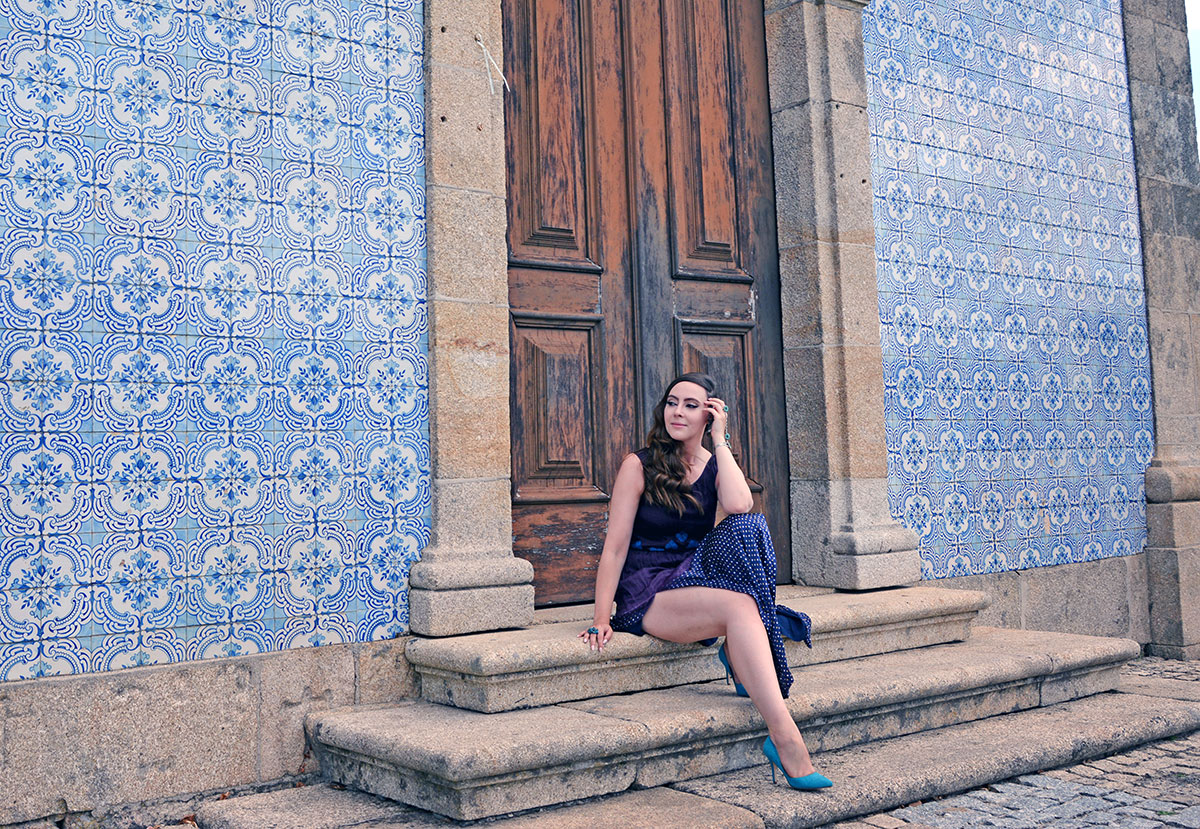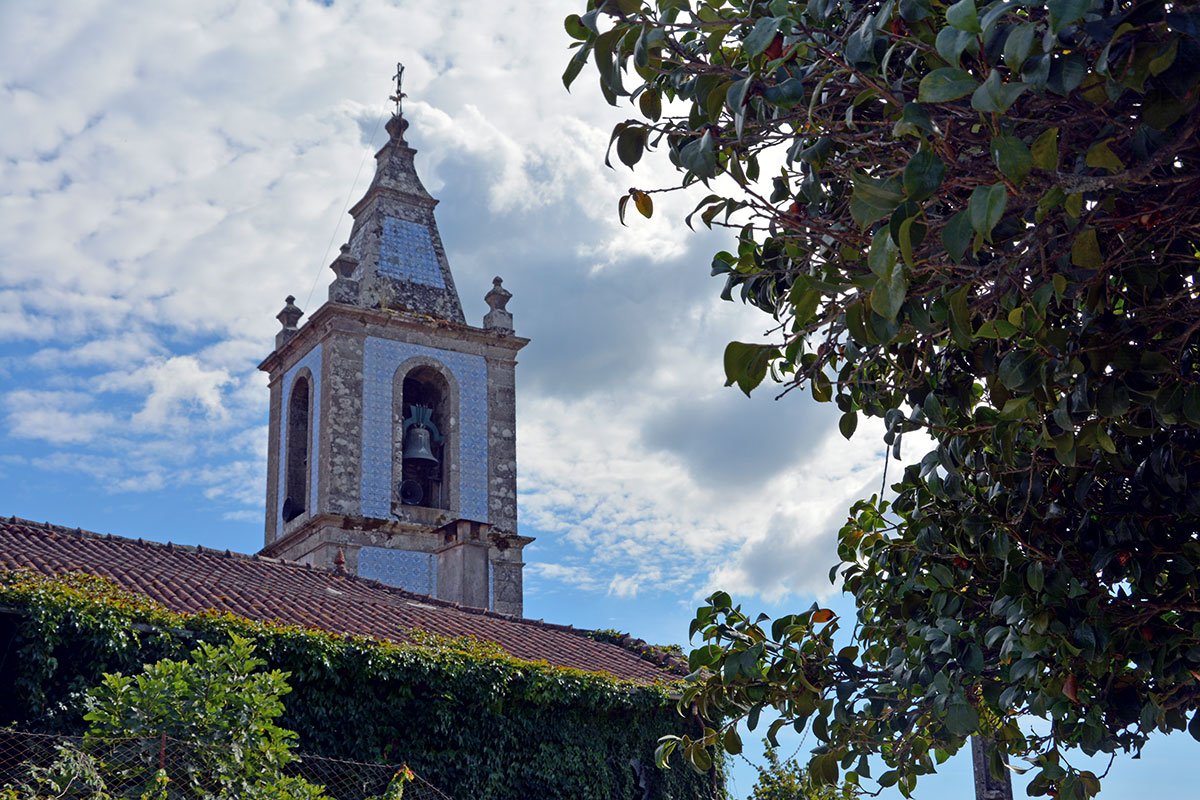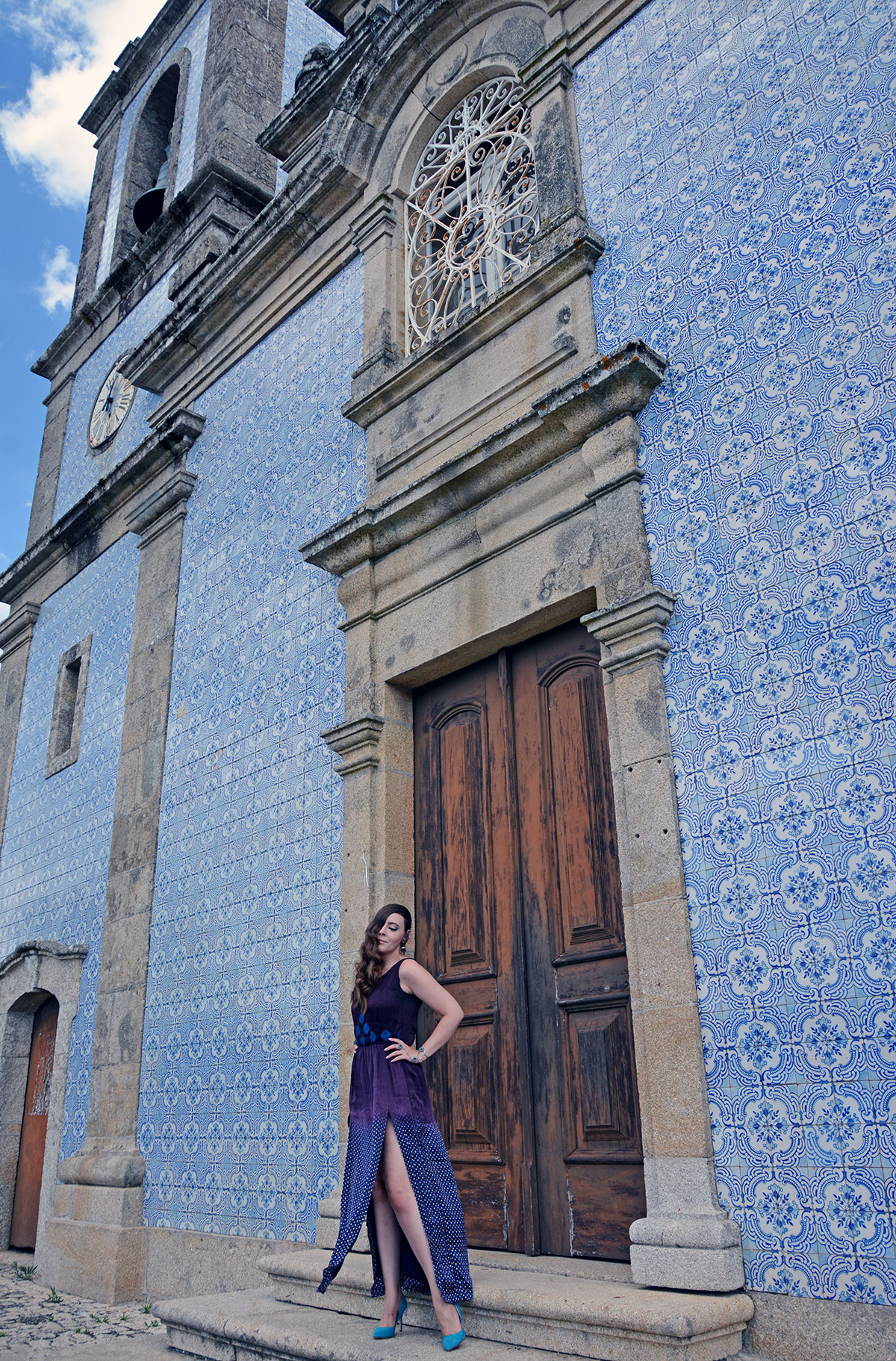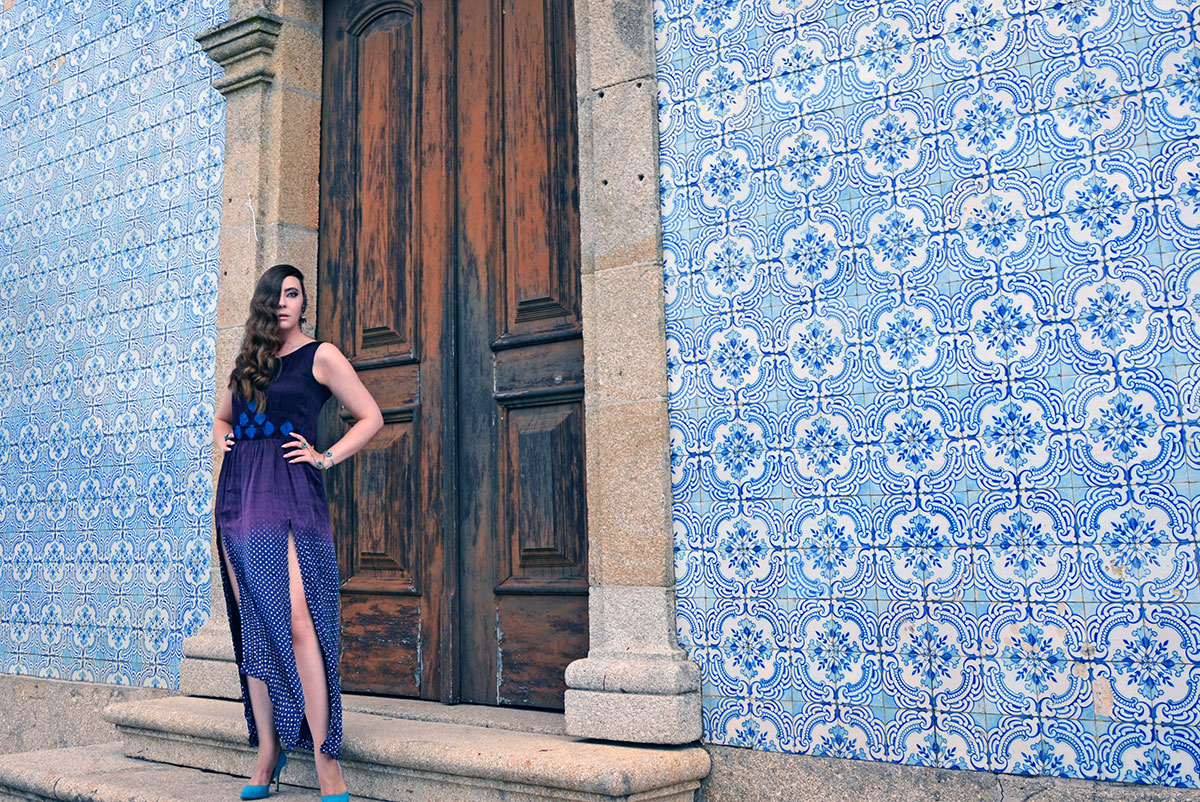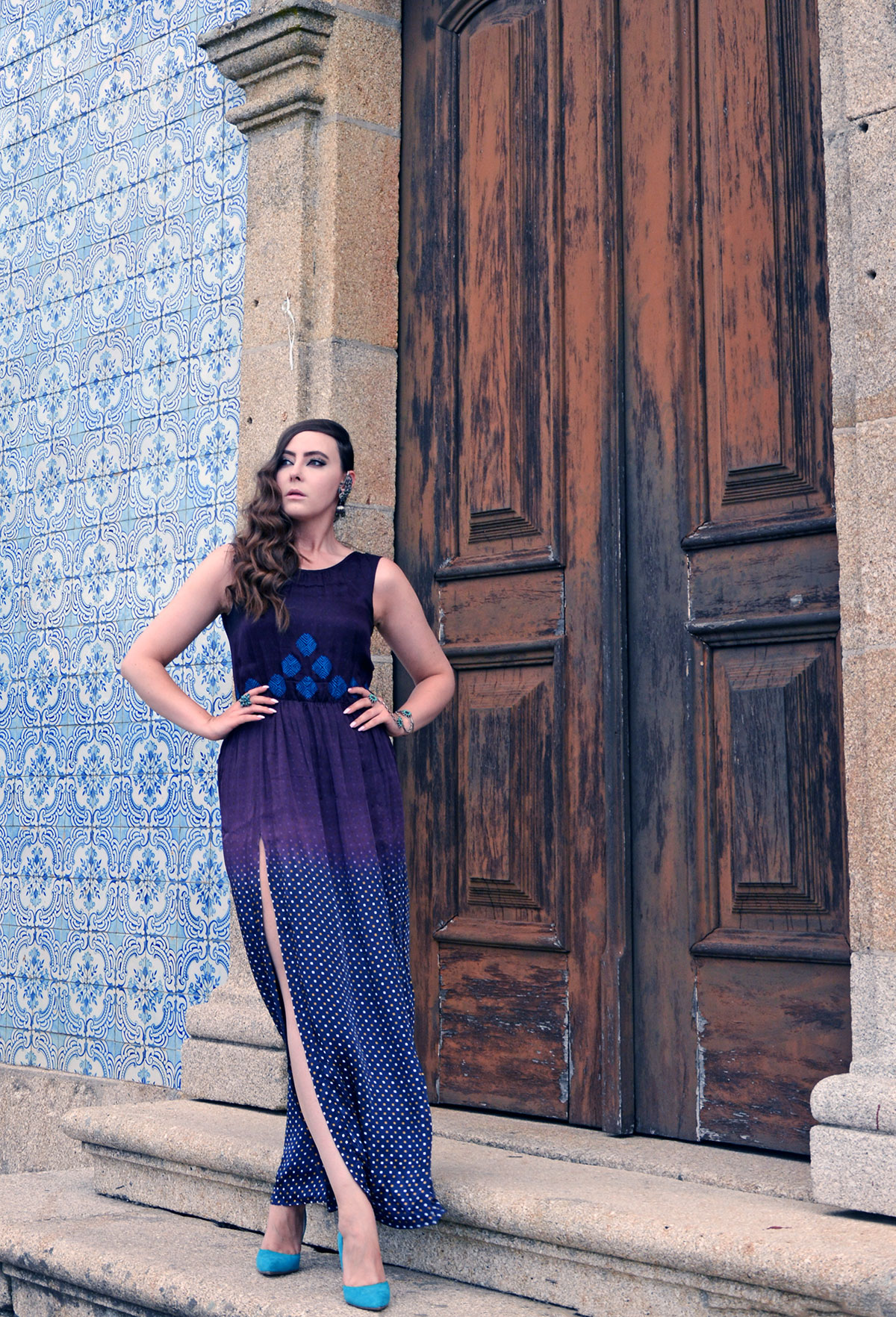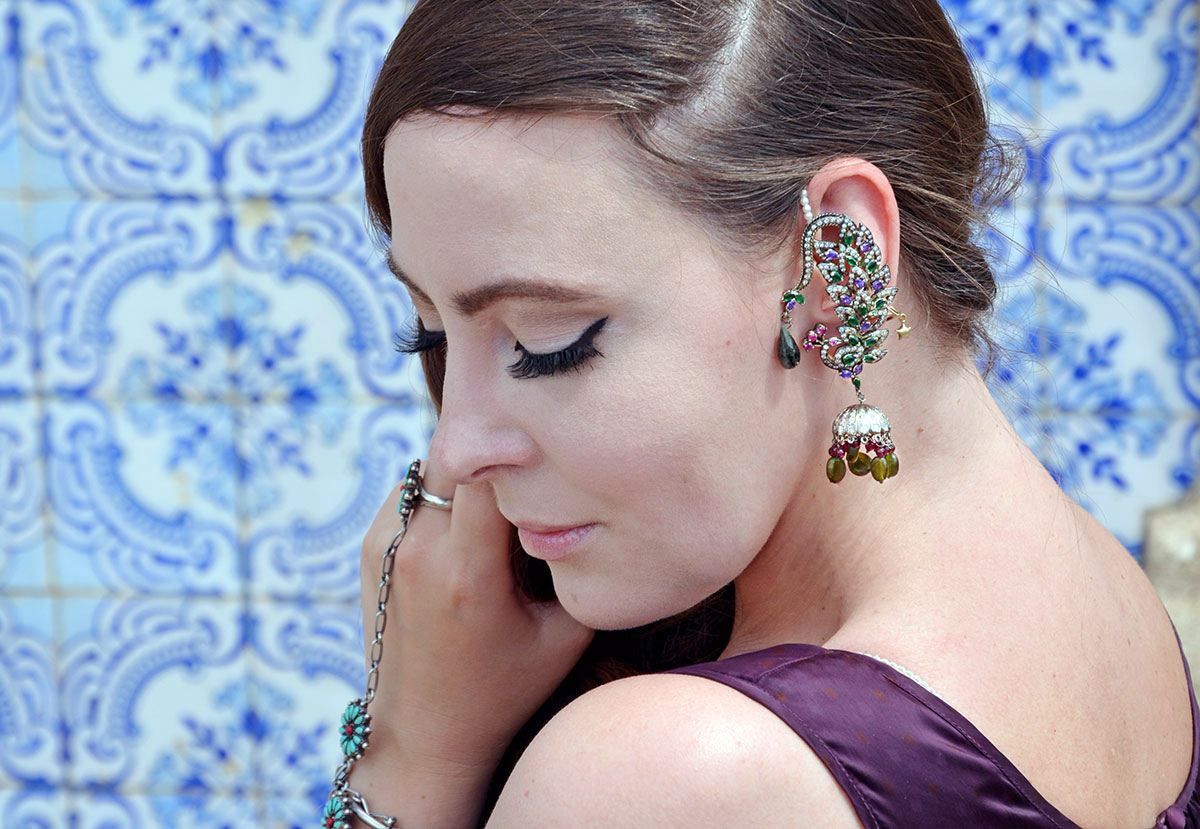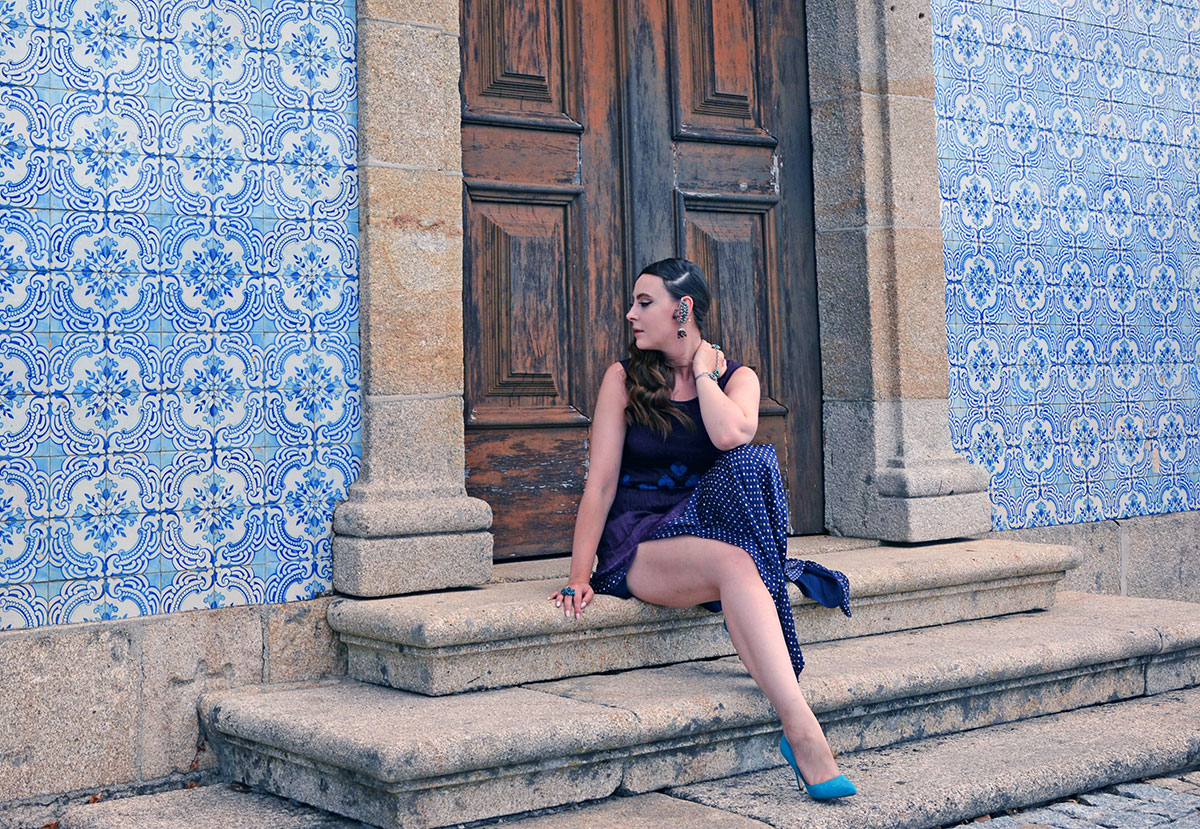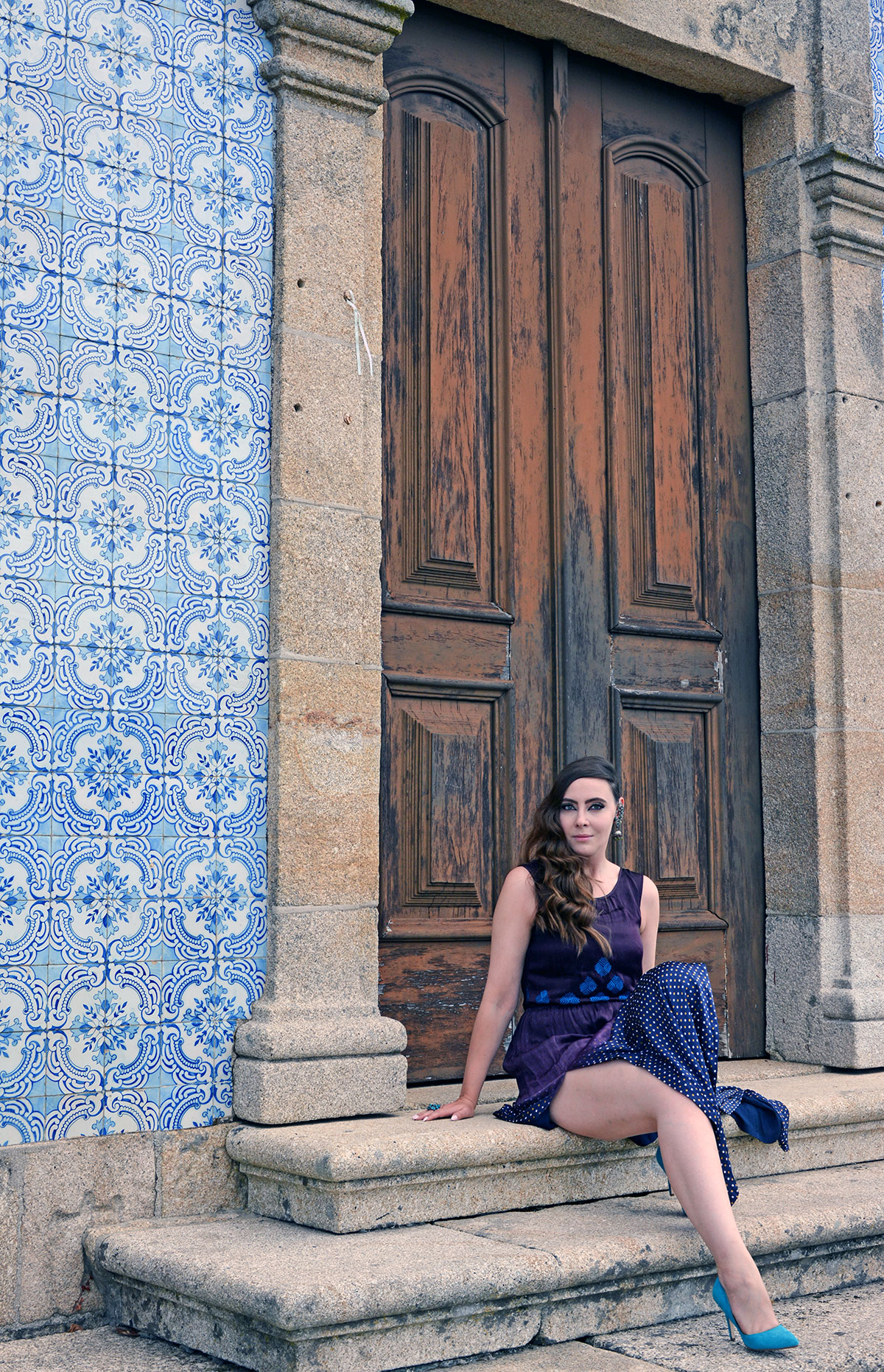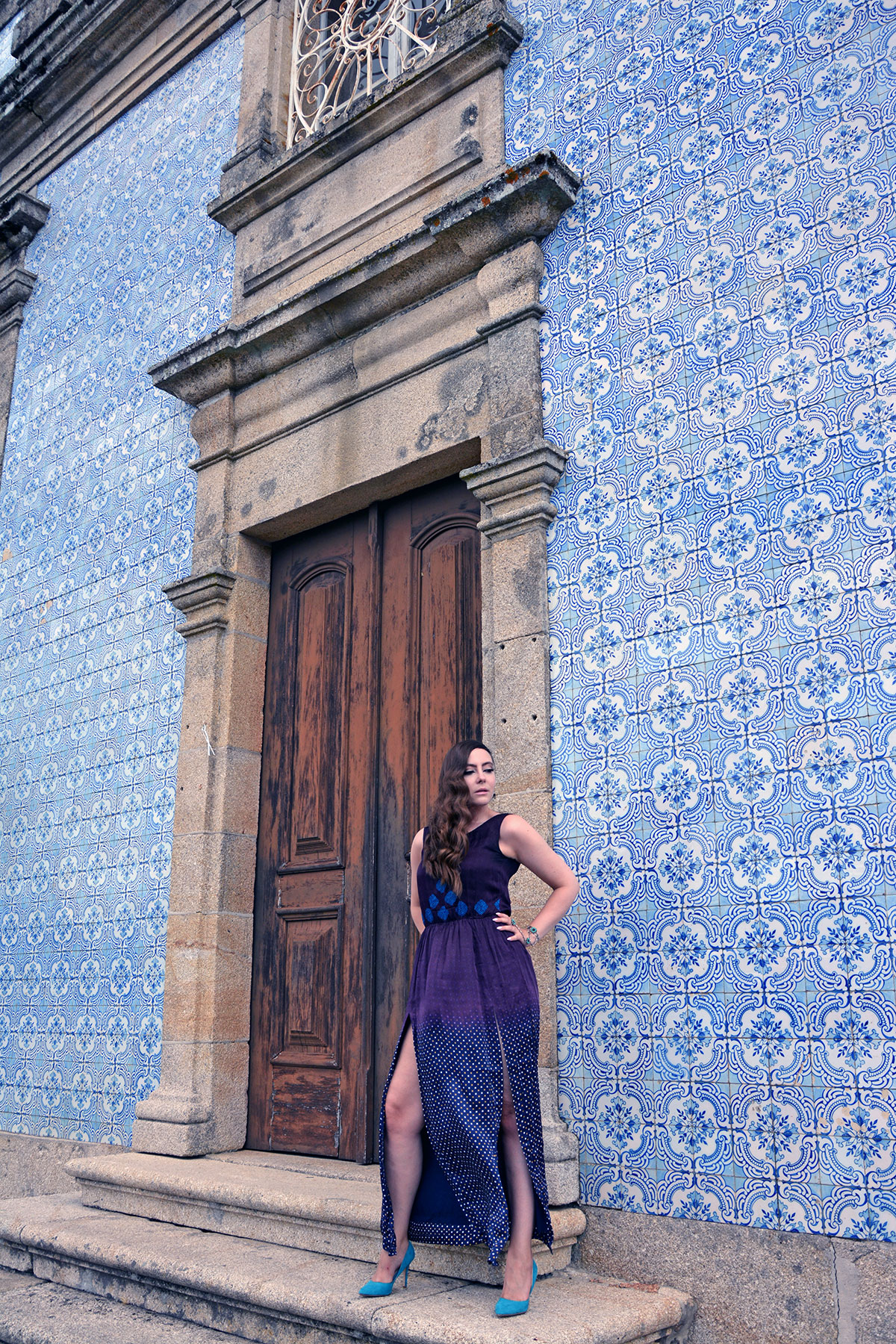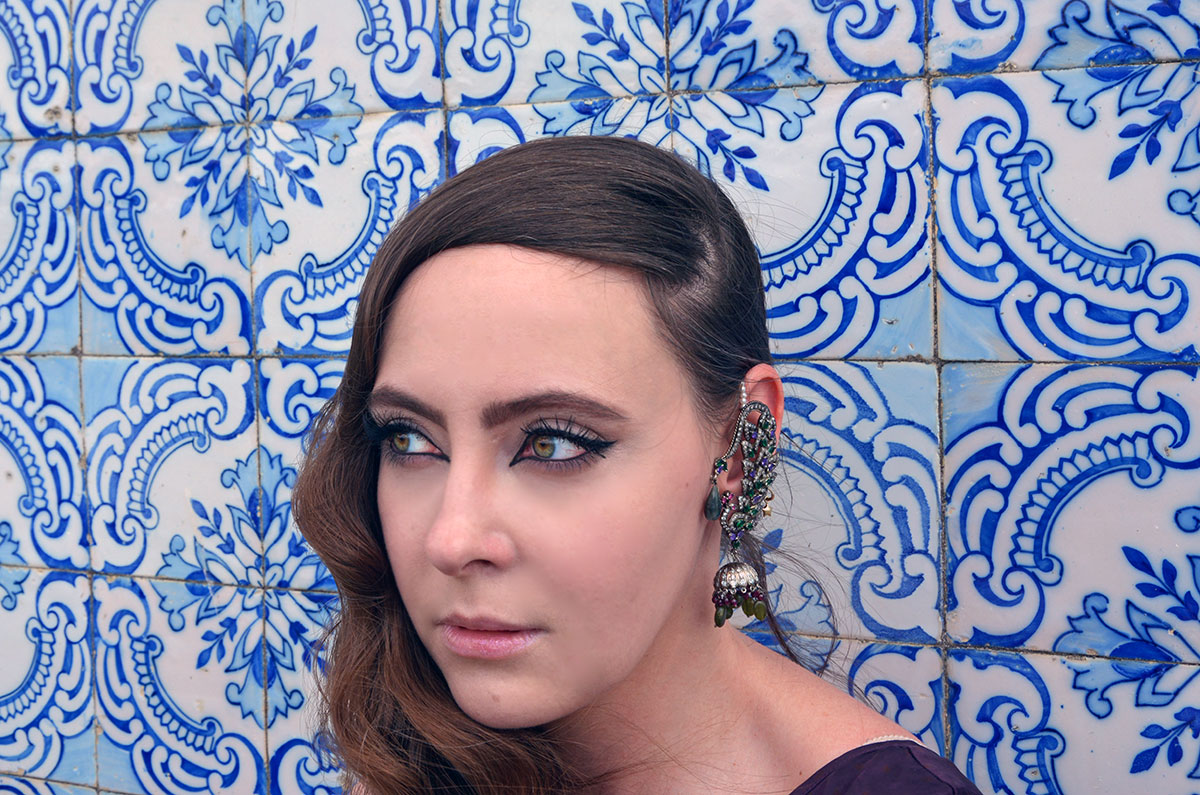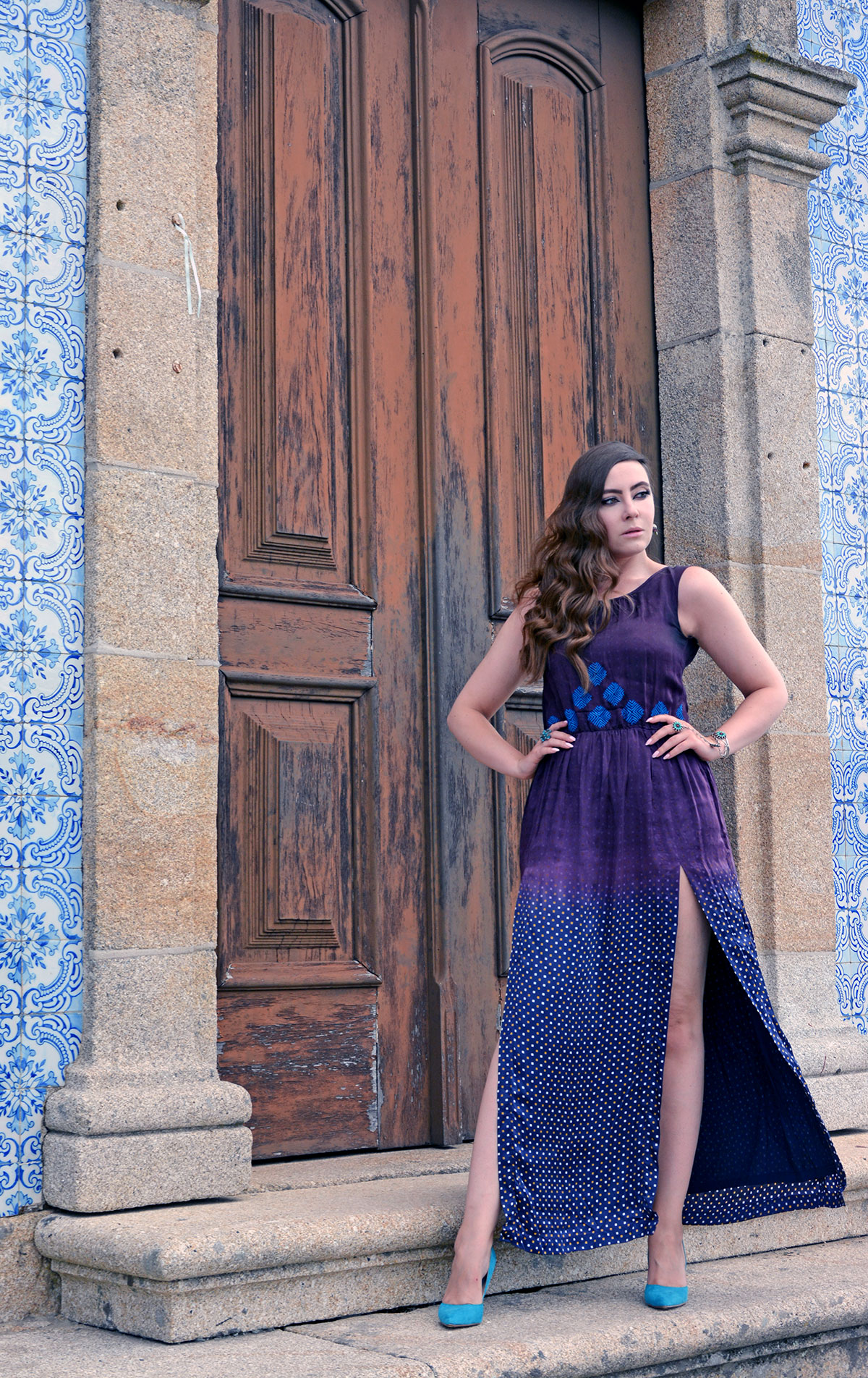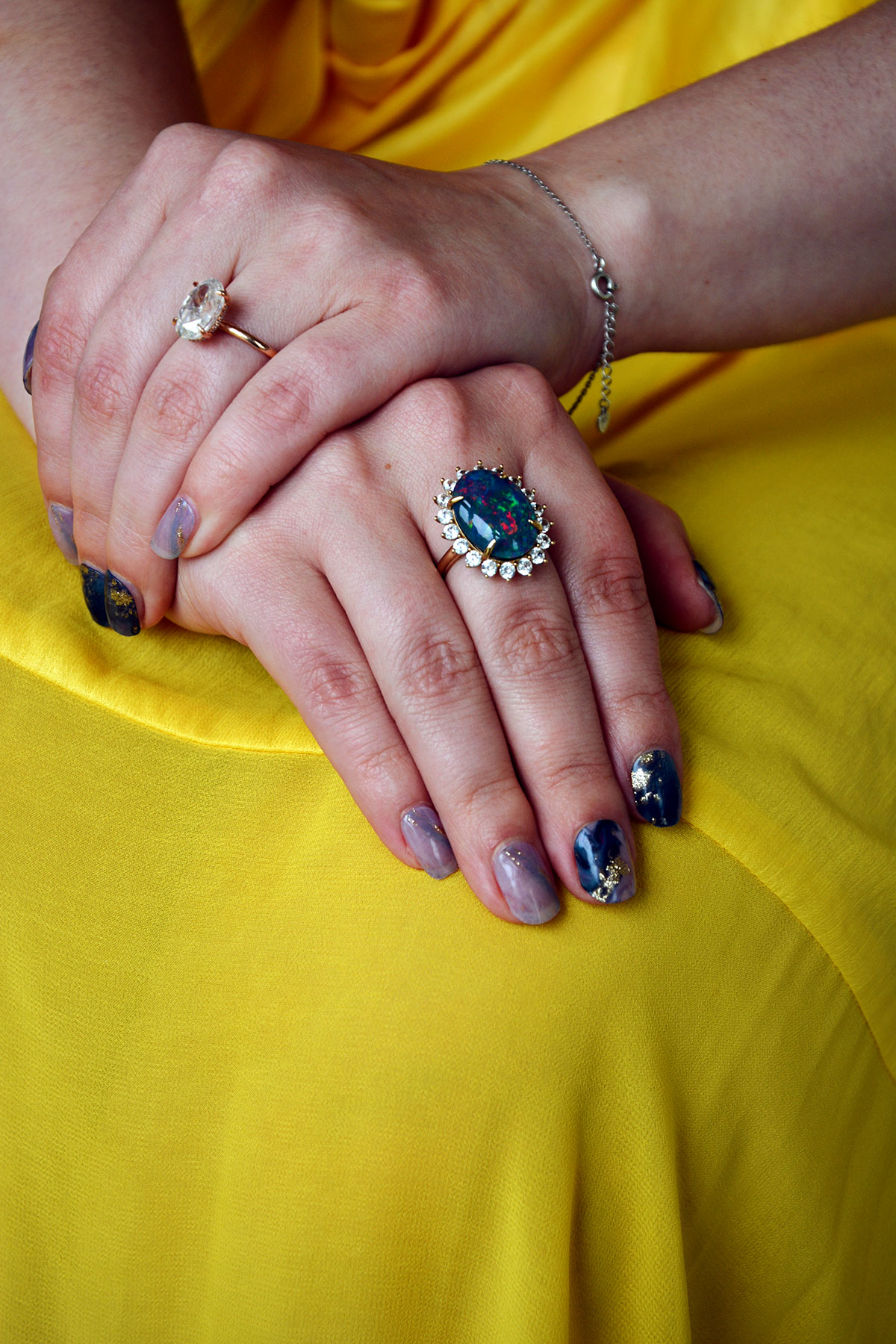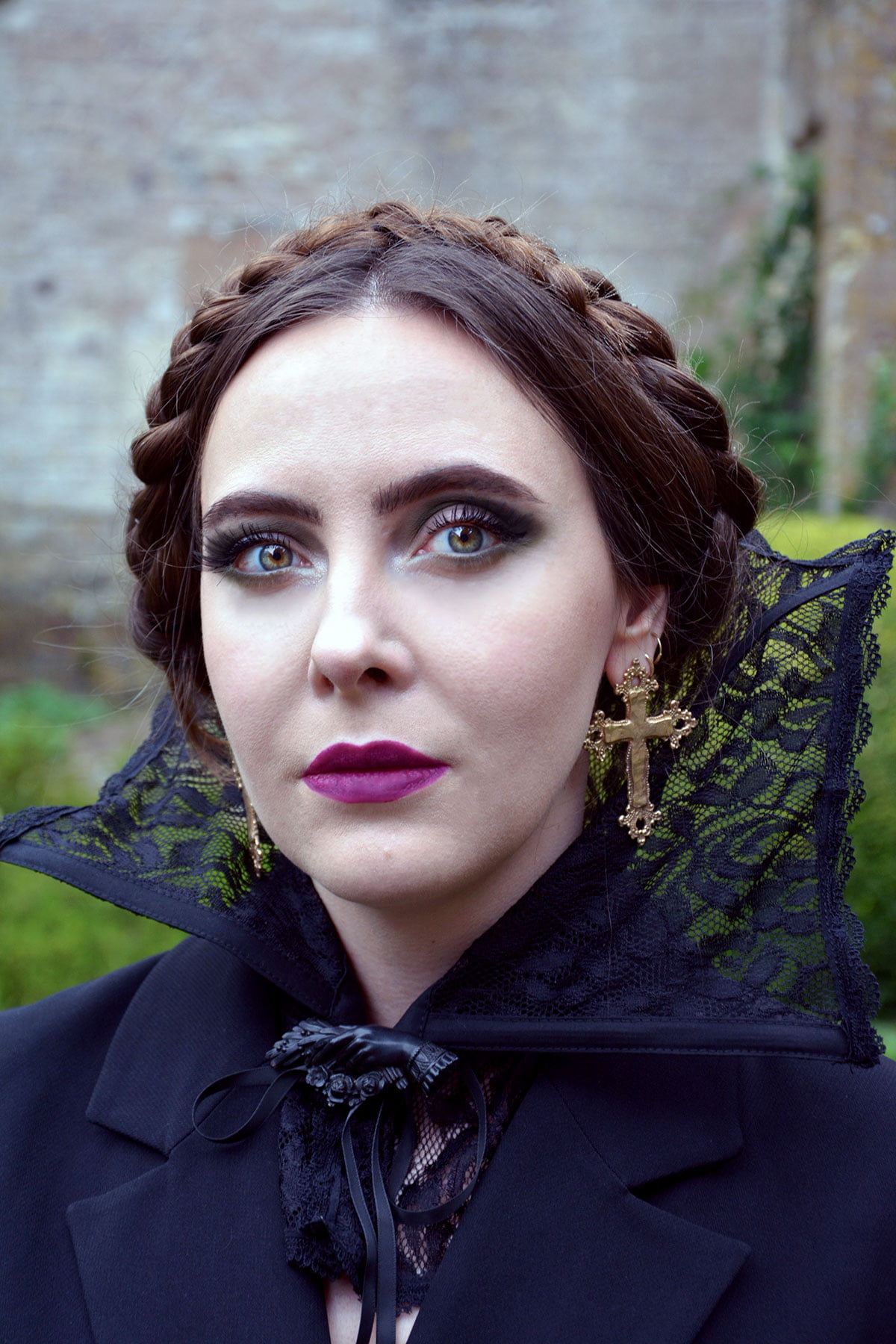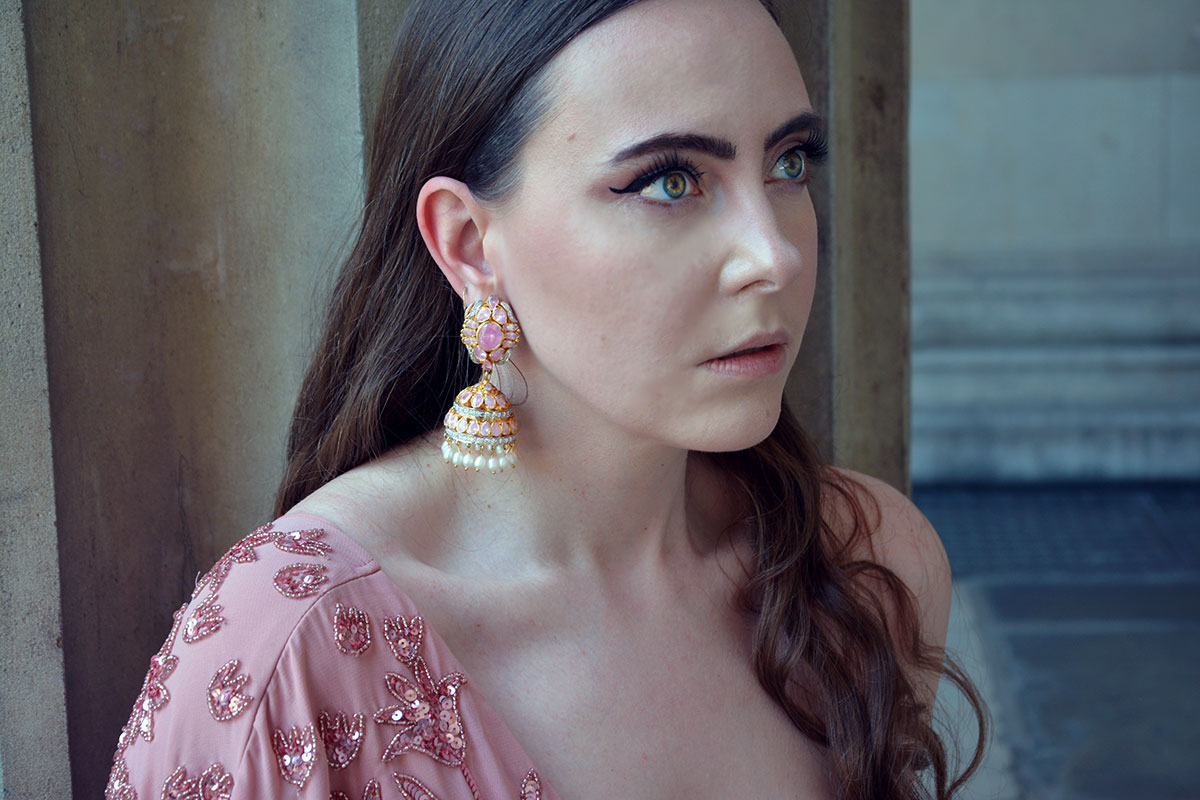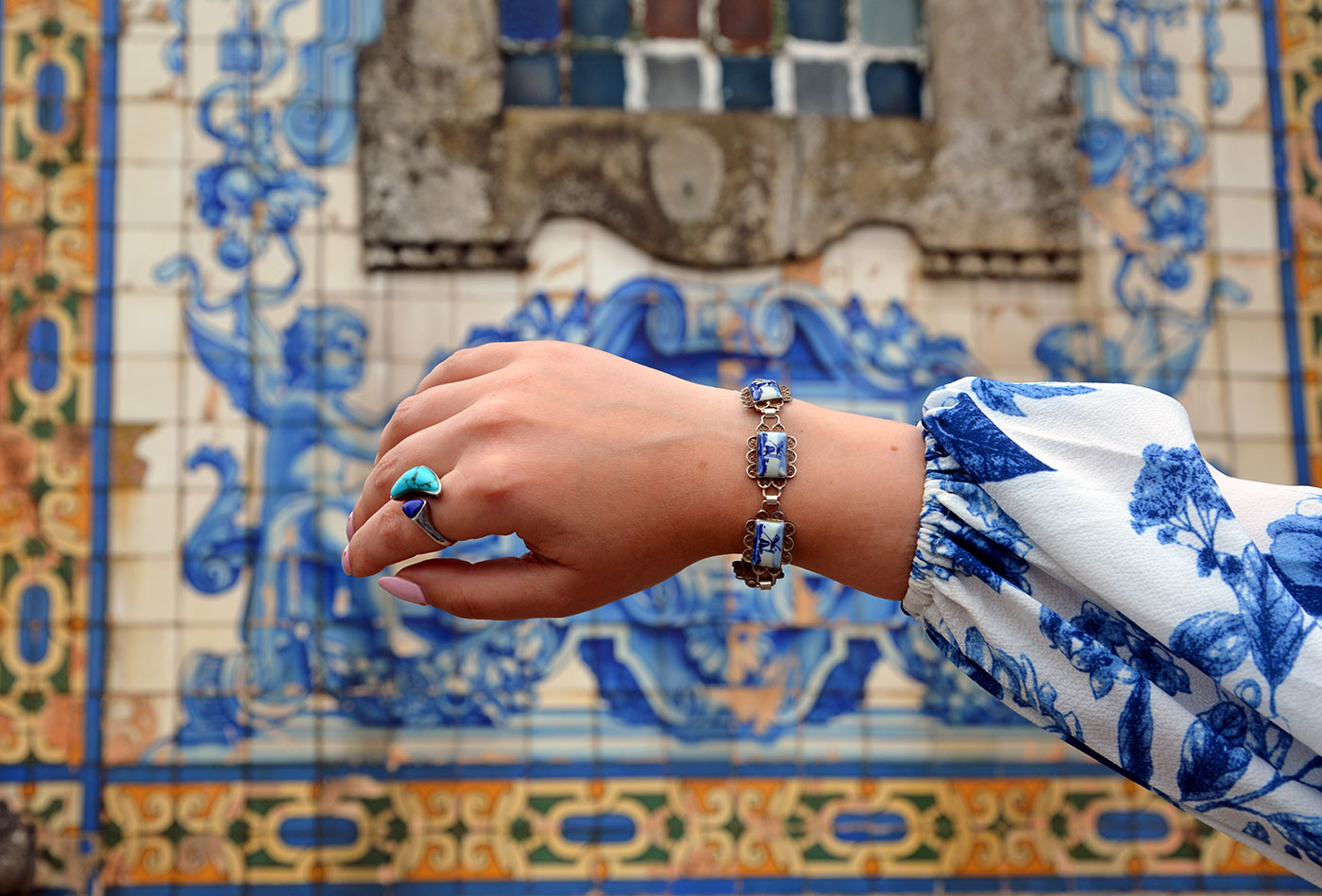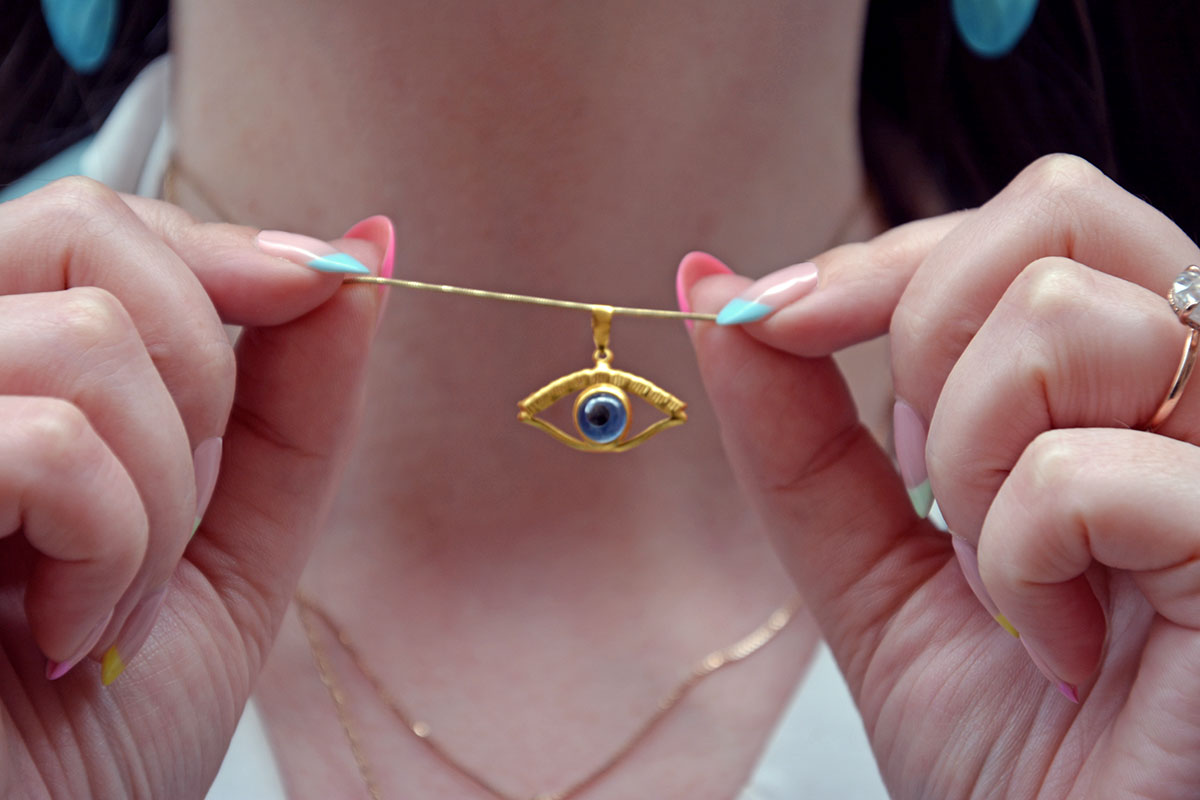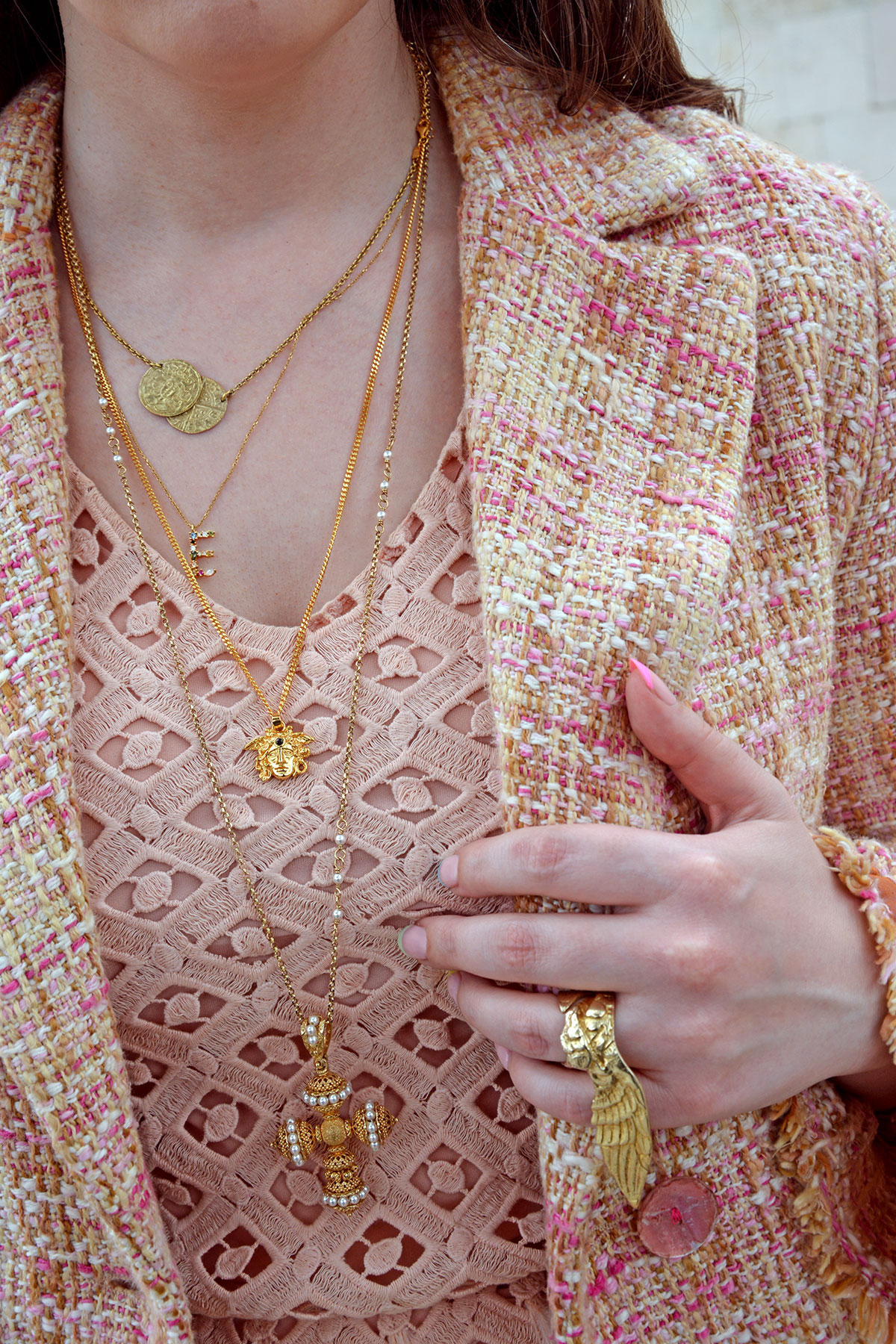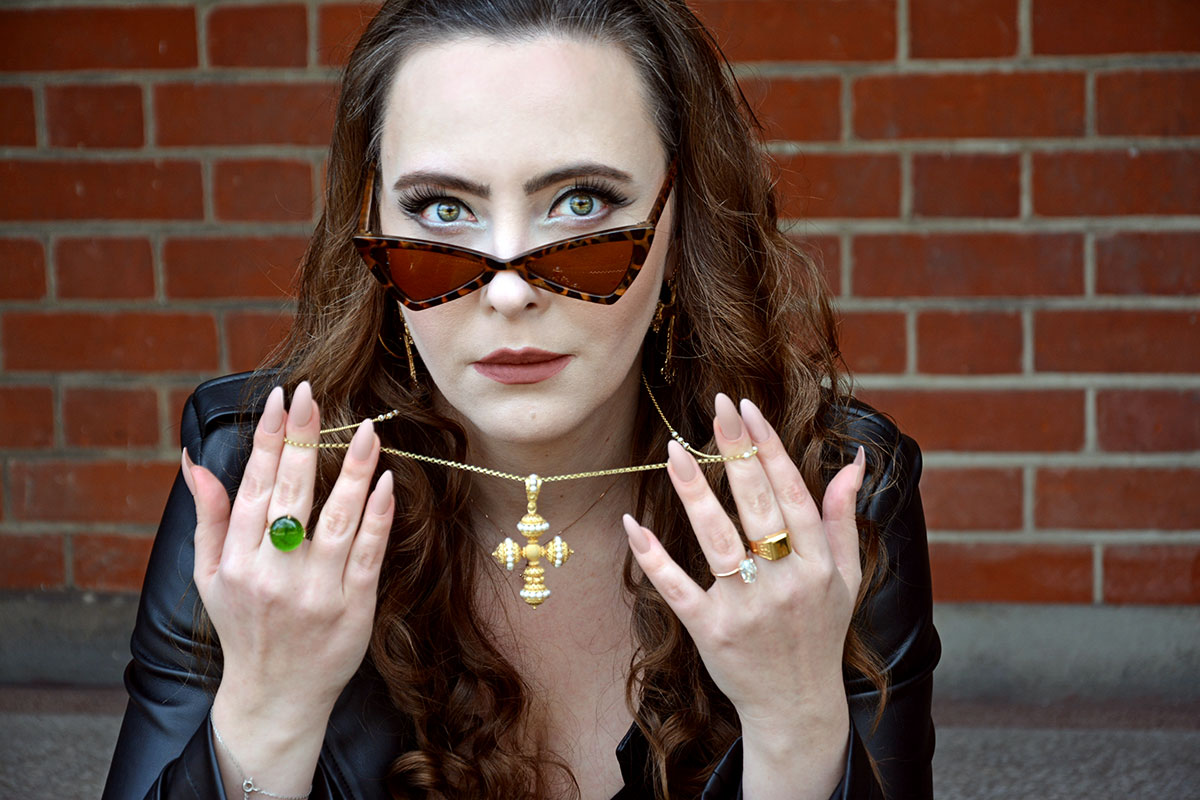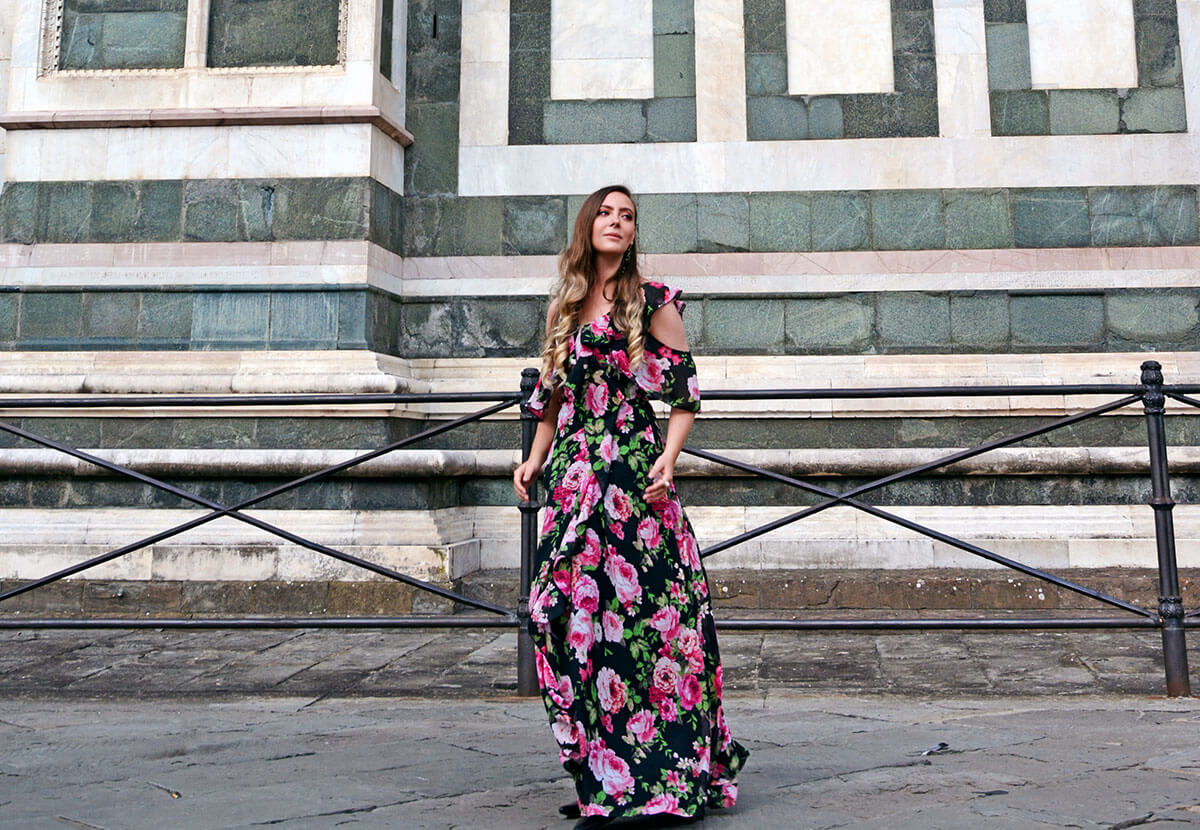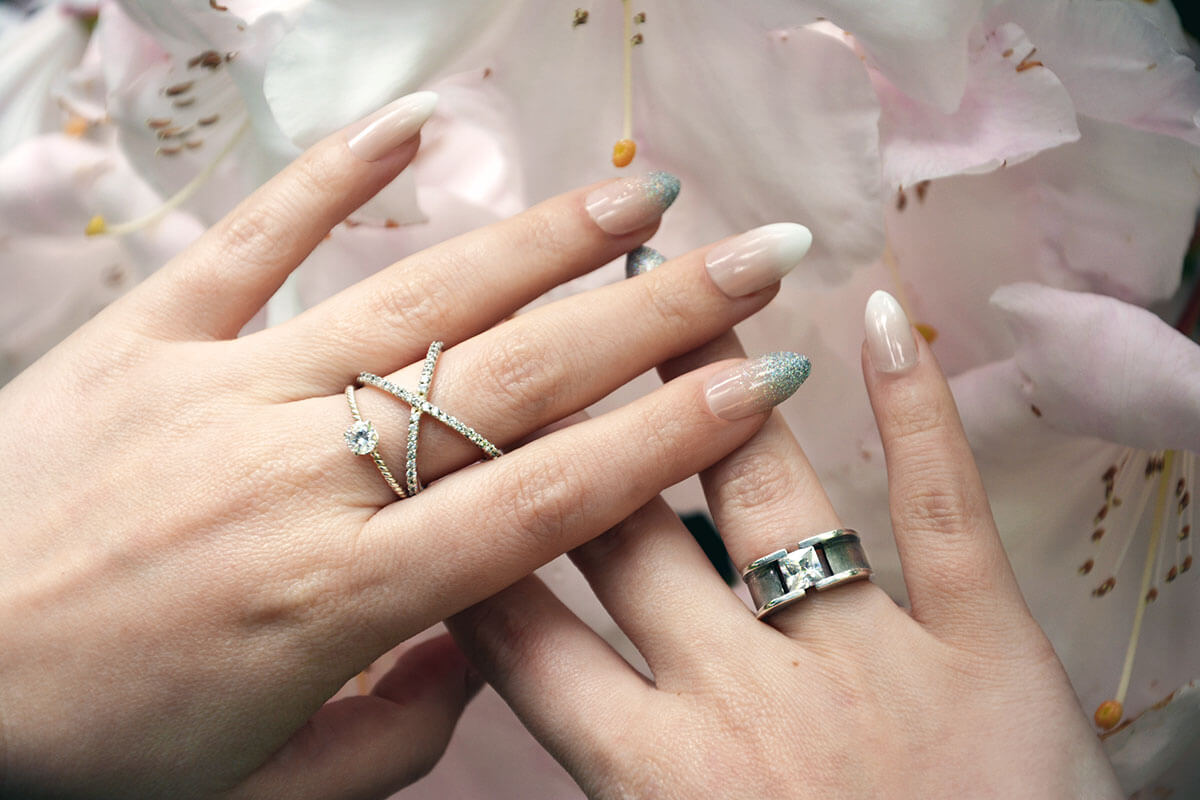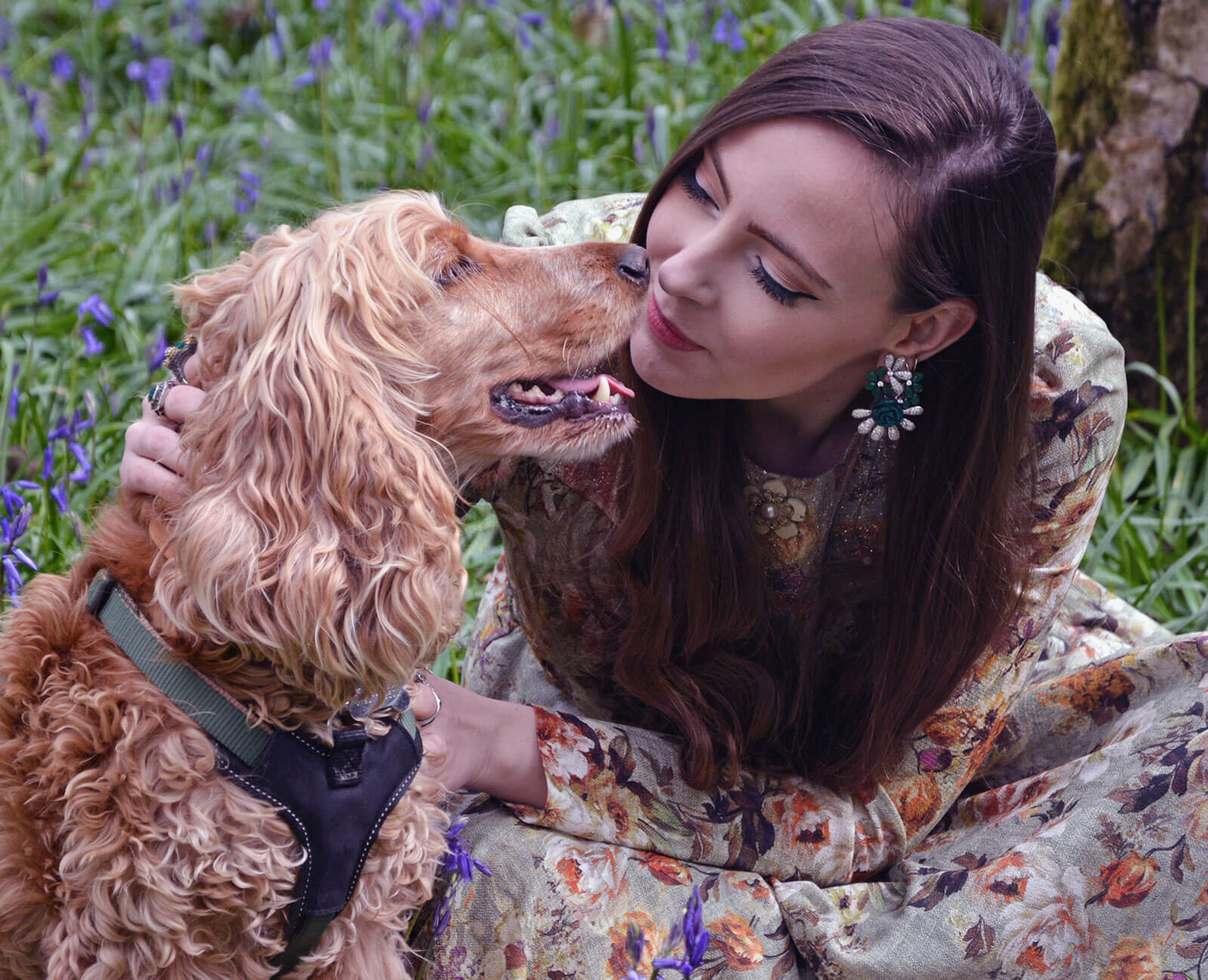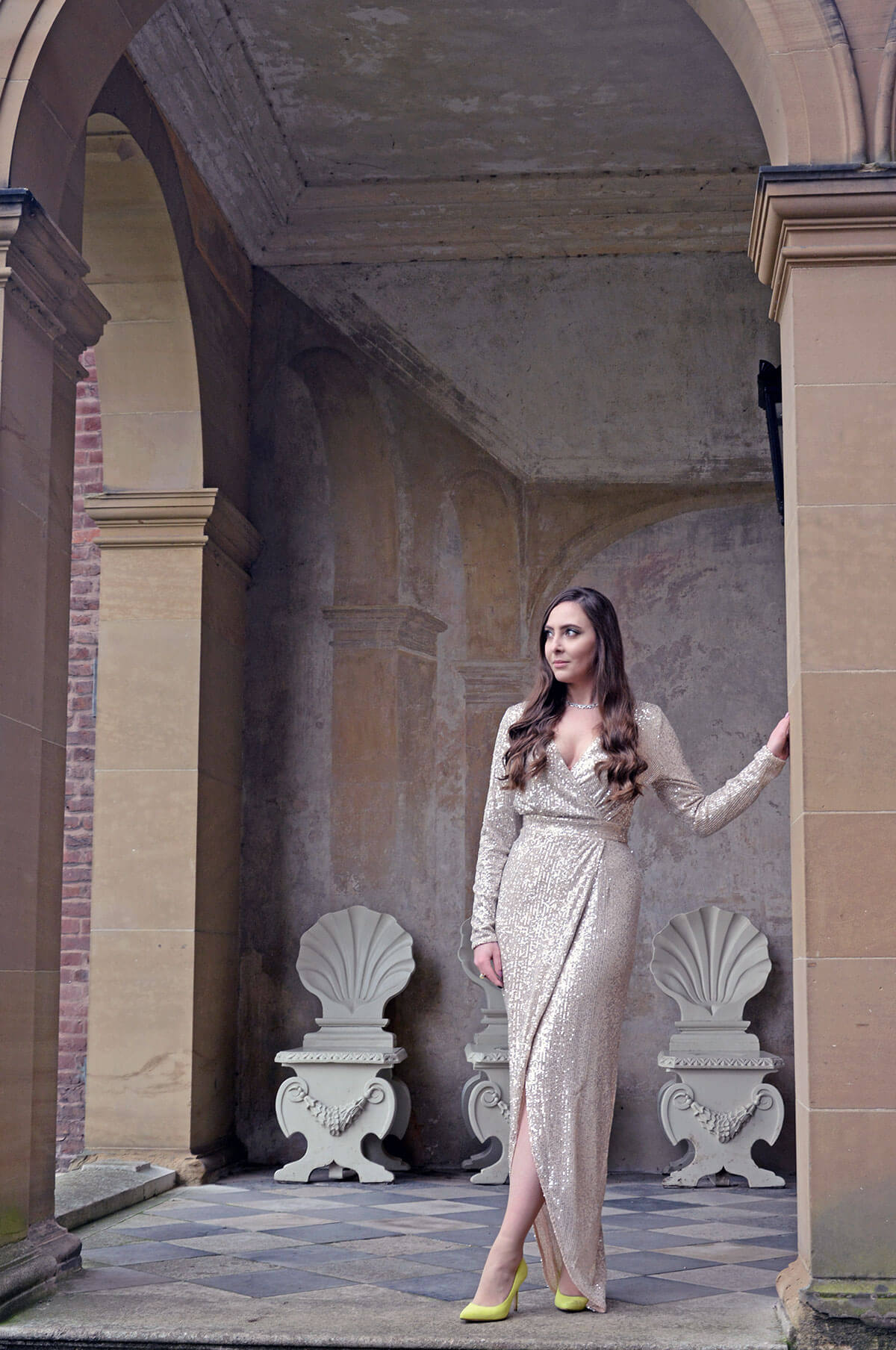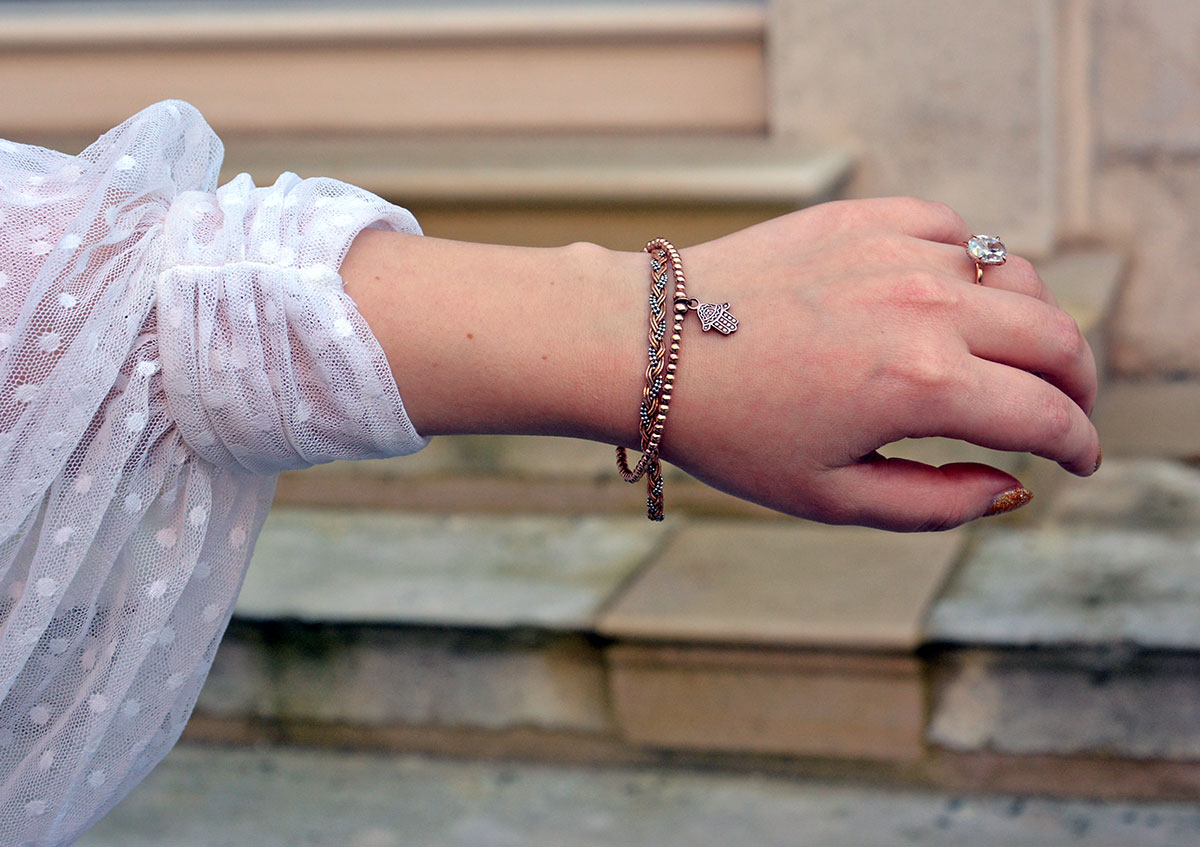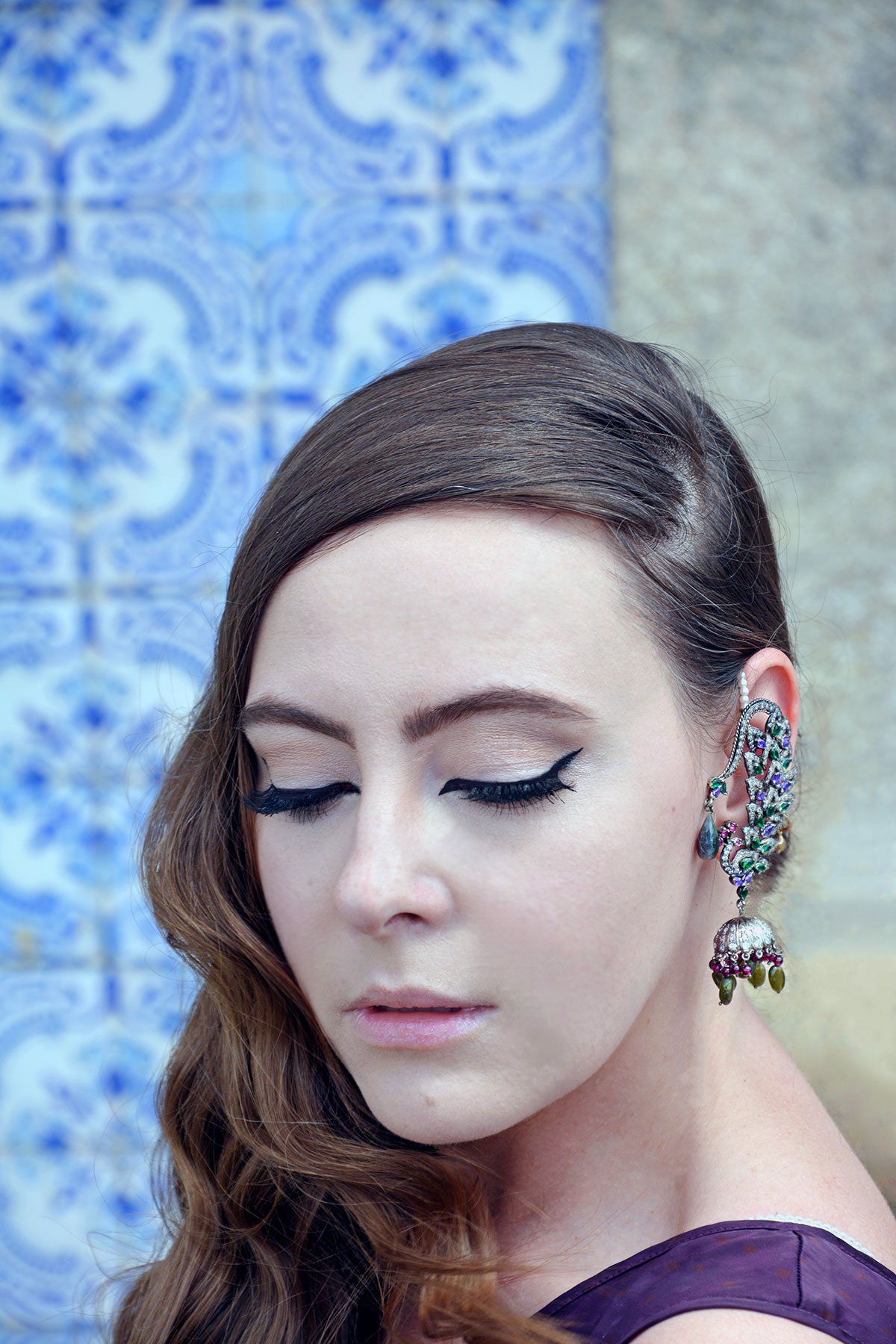
Born not out of the wish to block out the sounds of the world, but out of the vain need to show off that you can afford to do so, I present to you the ear cuff. A status symbol like no other. Let’s discuss the ear cuff’s history, and whether it is a rival to the earring, an accompaniment to it, or a style so bolshie, it makes the two incomparable.
The ancient kaffa ear cuff
The oldest ear cuffs were found at an ancient burial site in Cumbria, Great Britain. These were dated to around 4300 BC, and were known as kaffas. Made of brass with no gemstones, the design ensured that no piercing was required as the cuff wrapped around the ear, starting at the pinna. Considering that no body modification was required to wear kaffas, the styles could be much heavier than earrings for pieced ears.
With a penchant for gold, ancient Greeks were not interested in mere brass which inconveniently turned skin green. They were keen on displaying their wealth and status with highly detailed gold kaffas. Besides, who, if not an aristocrat, could afford to move their head minimally to balance intricate designs? After all, a glass of wine could be tilted for them to enjoy a few sips by their servants. Some of these wine glasses were made of amethyst, by the way. You can read more about some quick fire amethyst legends and facts here. Archeologists found ancient Greek gold kaffas dating to around 350 BC, which made them assume that this was when ear cuffs were at their most fashionable.
Ear cuffs during medieval times
While Europe was busy obeying God, cultures in South East Asia as well as India were busy beautifying the world. When looking at Indian art from the XII century, kaffas have become the main character. Now with the option of a pierced earlobe, kaffas not only embraced the pierced ear, they also connected to nose piercings with intricate chains. Kaffas were no longer pure metal styles, they were adorned with coloured gemstones and pearls.
Staying in the XII century, kaffas also made appearances in Thailand, adorning temple art and paintings of classical dancers. As a result, ear cuffs became part of traditional Thai costume worn to this day. While in India kaffas showcased themes of peacocks, leaves, florals and generally meant ear flowers (kaan phool); Thai kaffas focused more on bird motifs, and reshaping the ear by giving it a sharp elf-like point at the top.
Status reminder in the 1800s
Largely absent from European fashions since ancient times, in the 1800s the ear cuff came back with no vengeance. In fact, it was simply masquerading as an earring with a gentle je ne sais quoi at the top of the ear. Made from gold and precious stones, these dainty and feminine ear cuffs were adopted by the fashion forward elite reminding everyone that they were… The fashion forward elite. Ear cuffs of the 1800s allowed for ear adornment without the need for pierced ears.
Earrites of the 1950s
In the 1950s dainty was synonymous with boring. This meant that it was prime time to revive and recreate ear cuffs. Enter Marcel Boucher, French jeweller who emigrated to the States. Known for his costume jewellery designs, Boucher introduced earrites to the market, and this was a HIT with the thrill-hungry customer. Earrites were essentially earcuffs, but the design added a clip-on element to the earlobe, enabling these cuffs to be loud and proud as they decorated the ears of some of the most beautiful women in the world. Next time you feel like watching a 50s movie, opt for There’s No Business Like Show Business (1954), and keep an eye on Marilyn Monroe’s ears – you will see some heavy ear cuff action!
Ear cuffs as rebels of the 80s and 90s
While the 80s were somewhere between impressive and gaudy when it came to jewellery styles, ear cuffs found their place in the edgier category. No longer glamorous, earrites became yesterday’s news. Seen on rock chicks, ear cuffs just about peeked out from underneath perms and backcombs. However, they were not the main character – this role was played by huge clip-ons, geometric shapes as well as heavily embellished costume earrings.
The 90s furthered the ear cuff’s bad boy/girl persona. Loved by those who were keen on avoiding multiple ear piercings, the ear cuff presented a fantastic embellished alternative to punk rockers along with chains, studs and skulls.
Ear cuffs to ear climbers in the noughties and beyond
The most impactful kaffas of relatively recent years were spotted on Alexander McQueen’s catwalk in 2003. These were costume pieces adorned with feathers. Ever since, ear cuffs have been making only cameo appearances in jewellery and fashion lines.
Most notably, ear climbers came to the market as a derivative of the ear cuff aesthetic. This style usually required a pierced lobe and would clip mid-ear as it “climbed” up, although daintier pieces could be designed to hold without a clip. Fine jewellery brands have become fans of this look, with Garrard or Alex Monroe among others introducing their takes on the style.
If you could wear just one type of ear jewellery for the rest of your life, what would it be – earrings or ear cuffs?
The ear cuffs I am wearing in the images are by an Indian fine jewellery brand, Amrapali, in the shape of a peacock.
